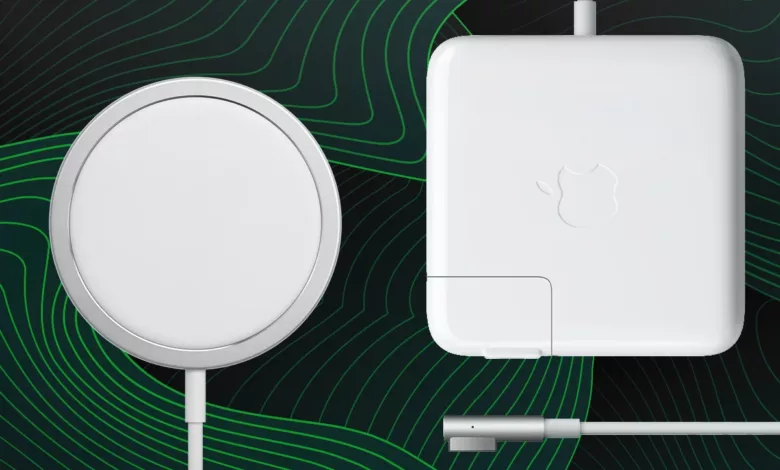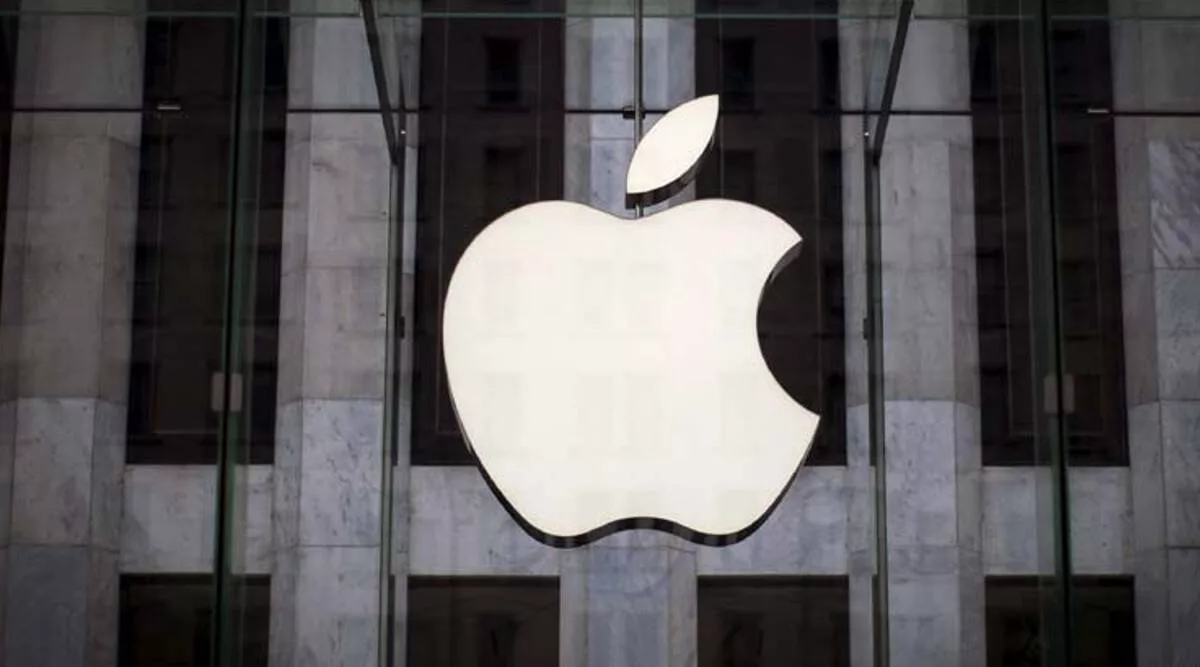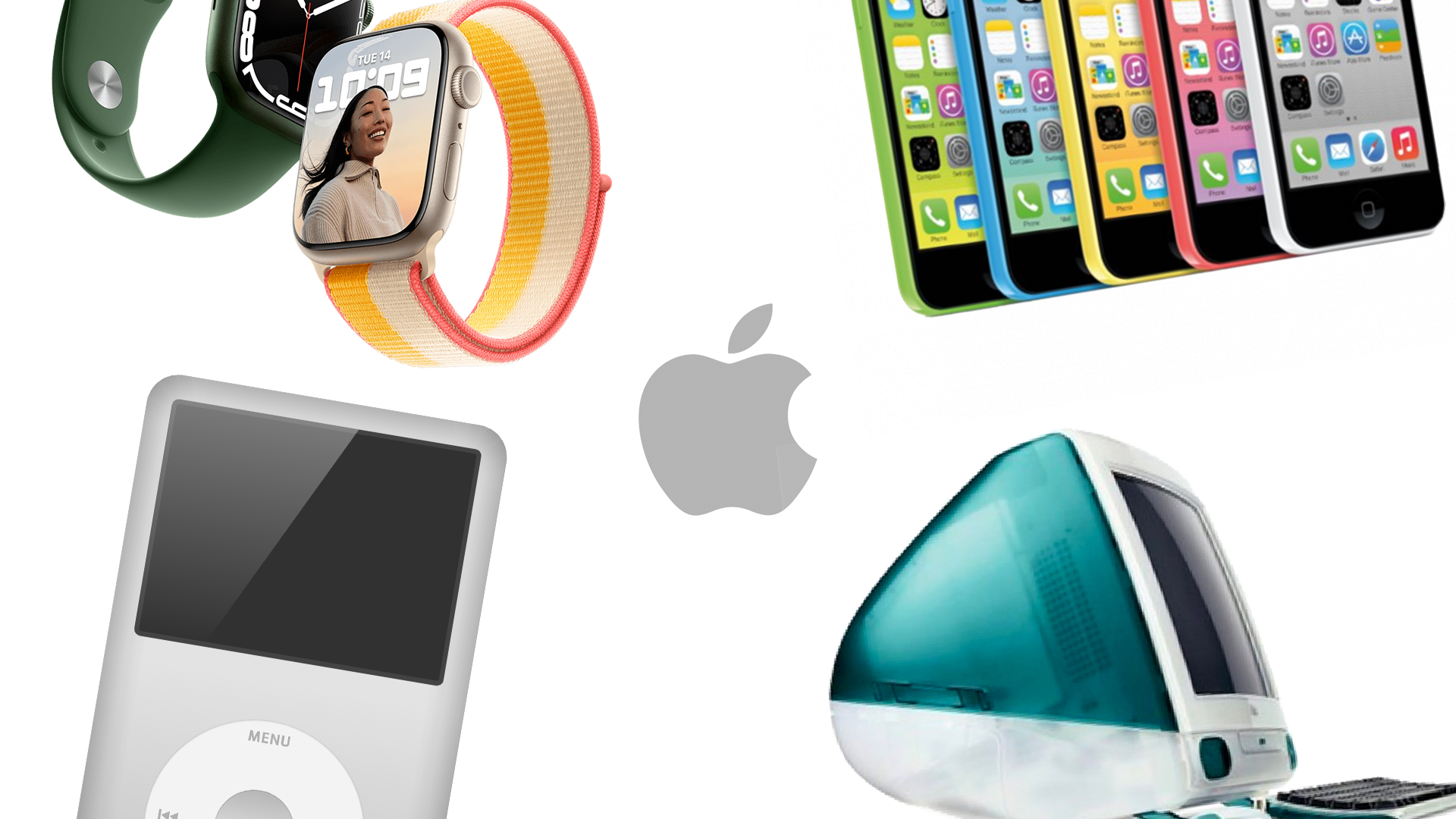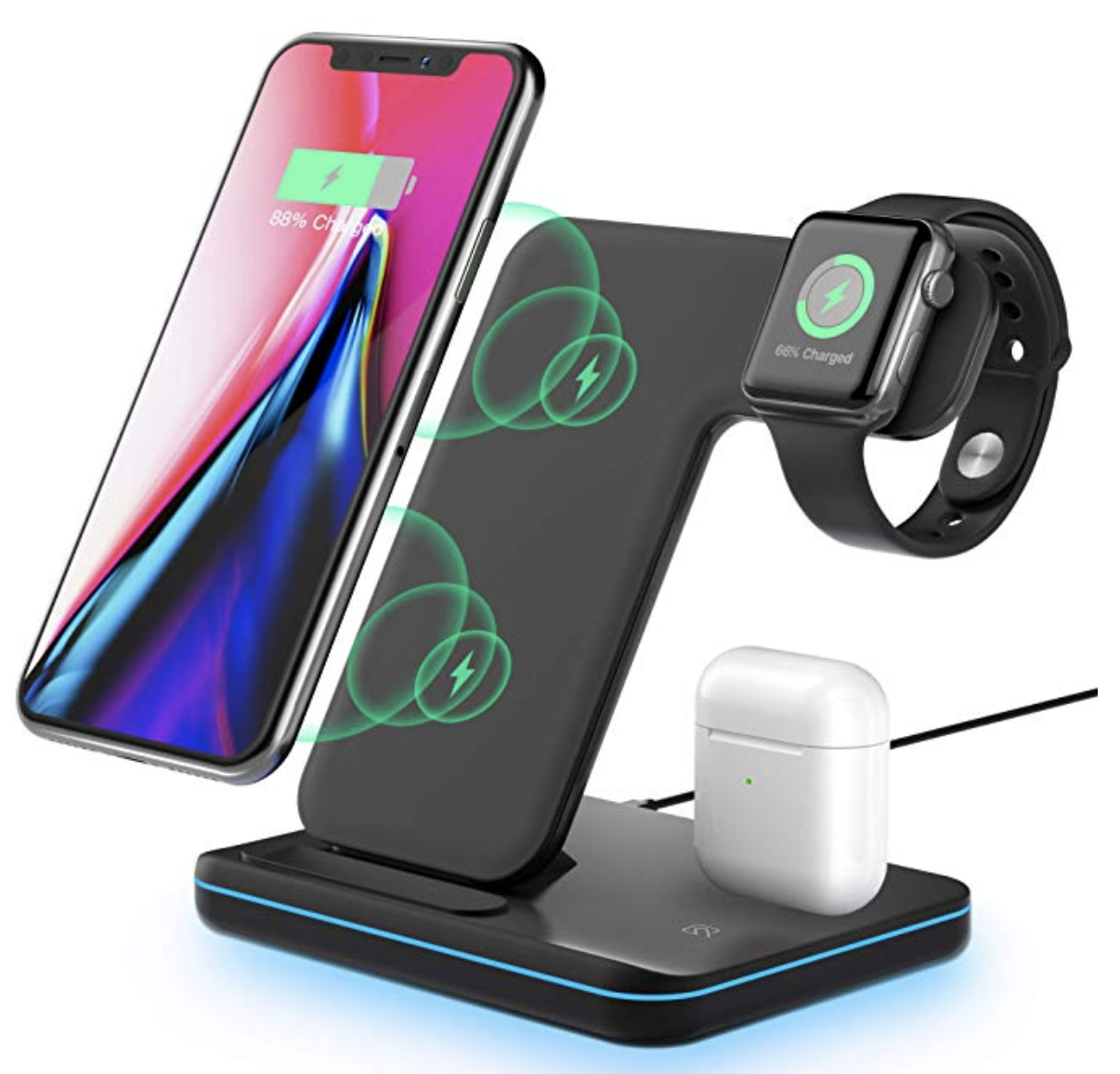Wireless charging approach: Apple’s attempt to checkmate regulators in 2023

The Indian government has made it mandatory to use the standard USB Type C charging phones from 2025. The rules have been followed from the initiatives of the European Union Regulation, but Apple has other viewpoints about wireless charging.
It is not the first time that India has followed in the footsteps of the European Union. Recently, India has followed the same regulation by the EU where the Competition Commission of India has ruled against google pushing the tech giant to include third-party app stores within the Play Store.
But, the new decision has shed light on One brand- Apple.
Apple has used the lightning connector on its iPhones since 2012. However, android manufacturers have started by using a micro USB for almost a decade, and it is even used in cheap phones. Still, since 2015, the industry has started using the USB type C charge, and Apple is the only exception.

Apple’s head of marketing has shared his opinions regarding the EU’s rules. He has shared his disappointment and stated that Apple will have to follow the rulings and the iPhone models sold in the EU or probably globally will move to the use of the type C models.
Previously this month, the wireless power consortium declared that Apple was contributing MagSafe to the next qi wireless charging standard at the Consumer Electronic Show that was conducted in Las Vegas the previous month.
It is of utmost importance because Magsafe is apple’s proprietary initiative on wireless charging, which was launched with the iPhone 12 series in 2020.
But, the main question lies in why Apple would share its secret with its competitors. This is mainly due to the extensive pressure from the regulatory nations for Apple to move to USB-type C charging. Apple earns a huge profit from the sale of Magsafe-certified accessories like cases, wireless chargers, power banks, and even magnetic docks. But what could be the main reason for Apple to give away its proprietary initiative?
Apple has set a vision for the future where the phones will not consist of any buttons or connection ports. The company ai,s to provide a fully wireless experience to its users, and the company has successfully taken steps to achieve this perspective. The goal started with the creation of the Lightning Connector that emerged before the USB type C in 2012.

They took the next major step in 2016 with the launch of the iPhone 7 series that removed the 3.5 mm headphone port. In addition, the manufacturers removed the physical home button from the devices and replaced it with a virtual button that allowed the feel of a real push without pushing into a button.
But, later in 2017, the iPhone X series observed the removal of the home button altogether. And it has been predicted that the iPhone 15 and the 15 pro series will have similar buttons for power and volumes. The devices would be launched in 2023. It is likely that Apple will remove the manual side buttons and replace them with a system that allows tactile feedback.
Apple is very innovative and rigid in its technology. With the EU regulations, it seems that the only physical moving part on the apple devices will be the USB type C port.
It can also be assumed that Apple could come across all the regulations surrounding the USB type C and release a fully symmetrical iPhone that charges on Magsafe by the end of 2023.
Apple has always wanted to simplify its products and cut down elements of failure. The mechanical version of the home button was replaced with the stimulated one because reliability was an issue of concern. It could also happen with the power and volume buttons this year.
The main reason behind the removal of the 3.5 mm headphone jack is that apple wanted to cut down on a dead component, and it required more space for batteries and an industrial symmetry design.
They further removed the lightning cable, which has other benefits such that the charging port could have increased the charging failure as a short circuit could damage the entire logic board of the device, which can not be repaired.
Apple’s ulterior motive to move to wireless charging:

While the regulators of the world are thinking of bringing the USB type C cable, Apple has already started envisioning the future. It promotes the Magsafe-based methods, which rely on induction. They are contributing to the wireless Qi technology, and Apple is waiving off its patents so that all the manufacturers get access to the technology.
Nowadays, wireless charging has become a universal criterion for all phones in higher price segments. In the case of Apple, all the devices are ubiquitous for wireless charging. Improvements in technology within a couple of years will mean that all phones will be transformed into wireless charging.
Edited by Prakriti Arora




